The call for the first round of Second Life Endowment for the Arts (SLEA) land grants went out yesterday. Will SLEA represent the full range of creative ideas in Second Life?
The answer depends on us! Will the community propose a wide range of ideas? Will the selection committee be open to diverse thinking if we submit it?
3 Streams
SL has been home to countless wonderful art galleries, museums, and other cultural institutions. Over the years there have also been a few “Art Incubators” that have had remarkable impact.
There are probably others (please LMK in the comments below!) but the 3 I’m personally aware of are:
- Odyssey Performance Simulator (Odyssey)
- Linden Endowment for the Arts (LEA)
- University of Western Australia (UWA)
All 3 of these art incubators have been home to numerous sublime and important works. Each has embraced great diversity. Yet, to be a bit simplistic, LEA often featured singular artists with virtuosic builds of deeply personal, psychological introspection.
By contrast, so many of the great projects at Odyssey were Performance Art and Public Art projects that involved many SL residents not merely as audience but as active participants in the co-creation of works that often featured cultural critique and analysis.
Will SLEA be all psychological introspection and no cultural critique?
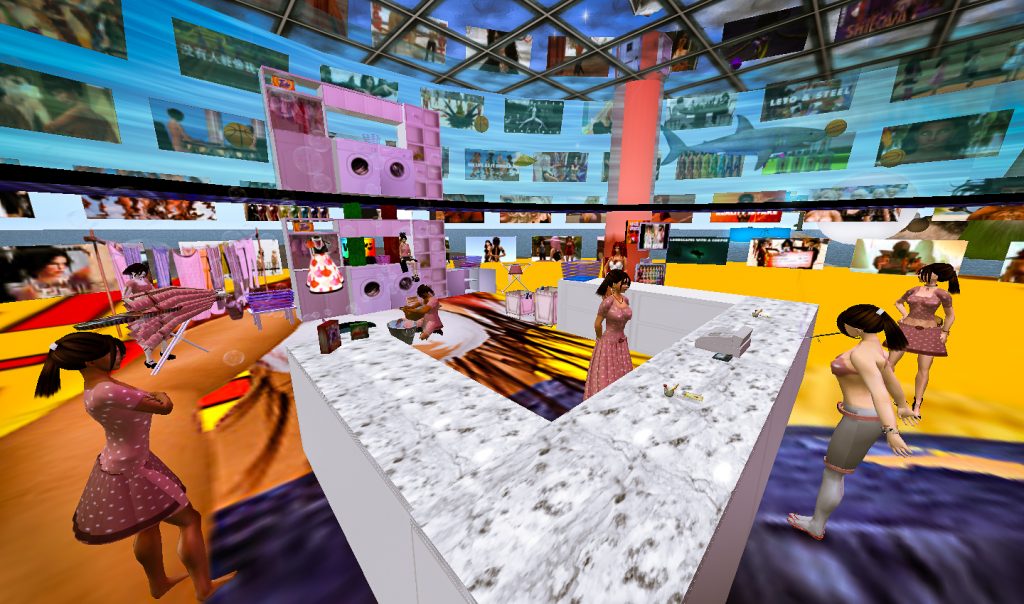
The Supremacy of Object-based art?
There is a sentence in the SLEA Grant Applications released yesterday. It is presented as though it is some sort of Guiding Principle of SLEA:
Art is a diverse range of human activities involving the creation of visual, auditory or performing artifacts, which express the creator’s imagination, conceptual ideas, or technical skill, intended to be appreciated primarily for their beauty or emotional power.
(emphasis mine)
Art is not artifacts!
While some in the art world have always fetishized objects, others have focused on process and experience. The RL “Art Market” fetishizes objects. It loves to sell hundred-million-dollar objects! But that object commodification has little to do with the process and experience of art in our lives. Little to do with art’s ability to connect people and build culture.
In my judgement, this SLEA guiding principle, a sentence Wikipedia adapted from the Oxford English Dictionary definition of art, is narrow and anachronistic.
This sentence embraces the work presented at LEA. But, it completely ignores the work presented at Odyssey. The business of art requires artifacts, objects, and commodities to sell. The experience of art in our lives does not.
Monorail tour of the 93 artist’s studios at Medici University at LEA23, 2015
Spelunking in Lascaux
When 18-year-old Marcel Ravidat and his young friends went spelunking on Thursday the 12th of September 1940 they had no idea that they would make the greatest discovery in the history of art. What they found was an elaborate system of heavily decorated caves. Near the entrance, The Hall of the Bulls, is a large room with large murals. There is evidence of 14-thousand-year-old scaffolding there and it seems to be a communally created room.
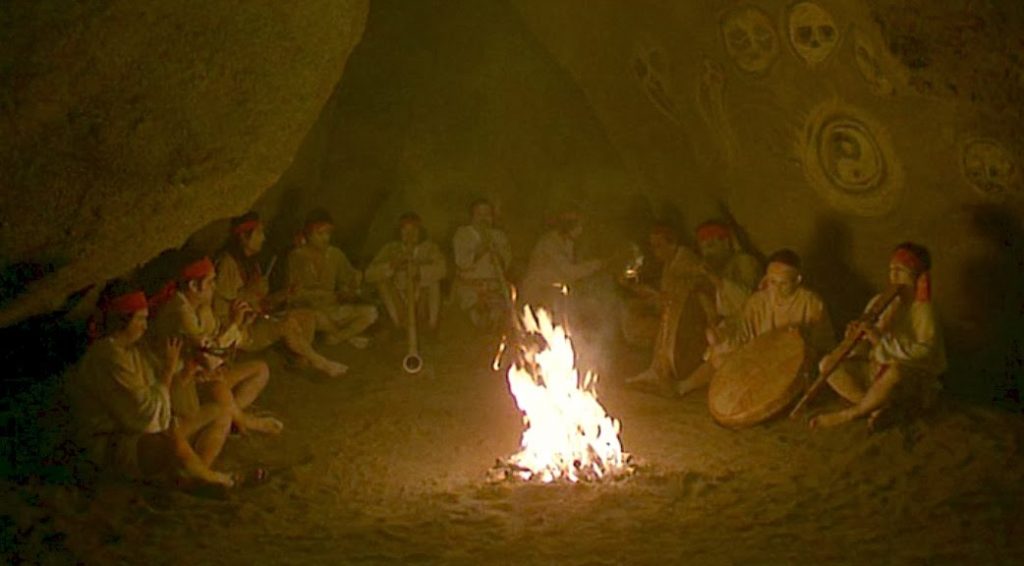
Did you ever see the Ken Russell/Paddy Chayefsky film Altered States? Remember the scene where Eddie Jessup (William Hurt) takes psychedelic amanita muscaria mushrooms with the Hinchi Indians of Zapatecus, Mexico? Perhaps the ancient ceremonies in Lascaux’s Hall of the Bulls were a bit like that.
From this large, communal room, the caves venture off in different directions. In one side passage, The Shaft, Ravidat had his friends lower him on a rope to a lower level. When they pulled him back up he was as white as a sheet. Why? Partly because The Shaft is a natural source of carbon dioxide. But also because he had experienced one of the most unique images in all of cave art, The Broken Man. The Broken Man is an image of a man that has been killed by a large horned animal. We know he has died both because the rendering seems to depict him with a broken neck, and also because he has an erection which is consistent with a broken neck. Although the man appears human, his hands are bird talons and he has a bird totem with him.
One interpretation of this scene is that the man has died to his initial, mortal life, merged with this bird, his spirit guide, and returned to be a shaman for his people. Whether his death is literal, or a metaphorical transformation through his experience in the cave, no one knows.
In another remote location, The Chamber of the Felines, there is very simple imagery. For all the grandeur of the murals in the Hall of the Bulls, the images in the Chamber of the Felines are simple and crude. They aren’t paintings or pigment-based drawings, but a sort of etching. Perhaps a simple image of a feline that a single person scratched on the dark wall as they crawled through the tiny passage. And then a palimpsest as different vision-questers draw their own experiences on the secret walls, one on top of the other.
Where is the Art?
Where is the art at Lascaux? Is it the artifacts? The objects? If Sotheby’s could cut the paintings and drawings off the walls and auction them off to wealthy bankers, would they?
If an SLEA artist could install a Byzantine Lascaux-like full-region installation for others to crawl through, would that be the art?
Or is the true “art” of Lascaux the experience that those ancient humans had as they built their culture in that cave?
Yes, we are fortunate today to be able to see a few artifacts of that culture and its practices. But the paintings on the walls are only the surface of an elaborate cultural practice that we can but guess about today.
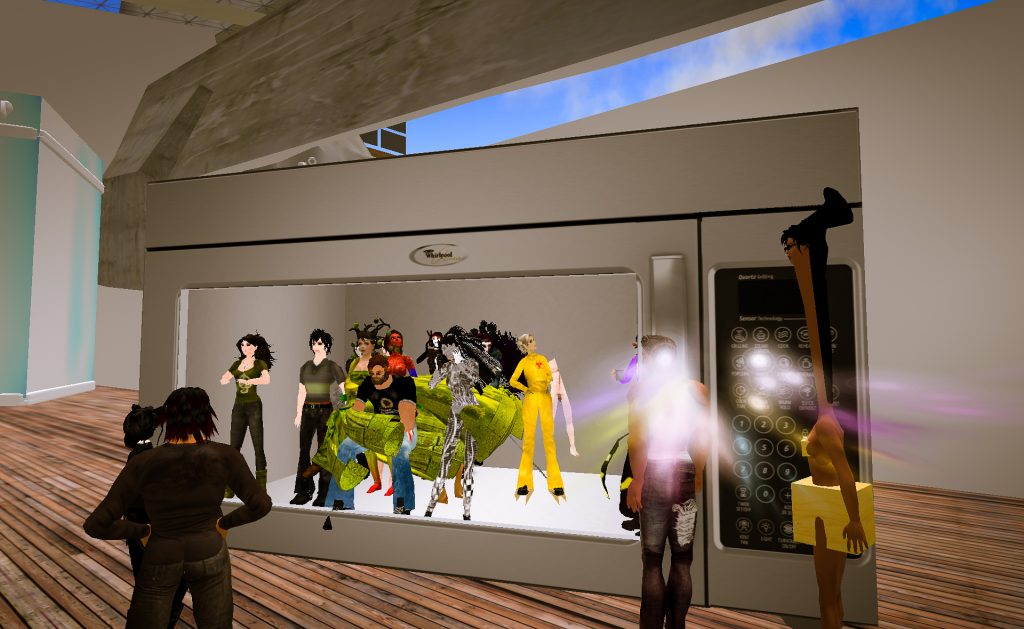
Wither SLEA?
SLEA seems poised to embrace the best of LEA. I hope SLEA will also find a way to embrace the Public Art and Performance Art legacy of Odyssey in their programming.
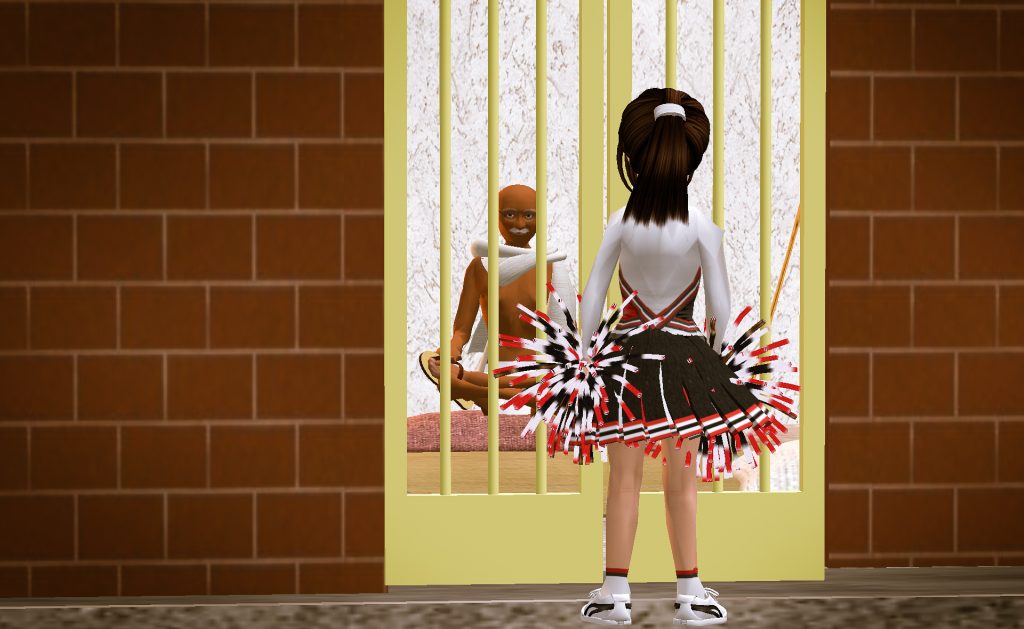
More Incubators
In addition to the departing UWA and the arriving SLEA, there are at least 3 new-ish incubators (do you know of others?) that have tried to fill the void left in the wake of LEA’s ending:
You Should Apply!
We are in a rare moment. Today you can submit to both the last-ever UWA exhibition and the first-ever SLEA exhibition!
Whether you are a maker of objects, or a co-creator of ephemeral community experiences, I encourage you to participate!
- https://slendowmentforthearts.wordpress.com/2020/10/01/now-accepting-slea-grant-applications/
- https://nwn.blogs.com/nwn/2020/09/sl-uwa-virtual-art-closing.html

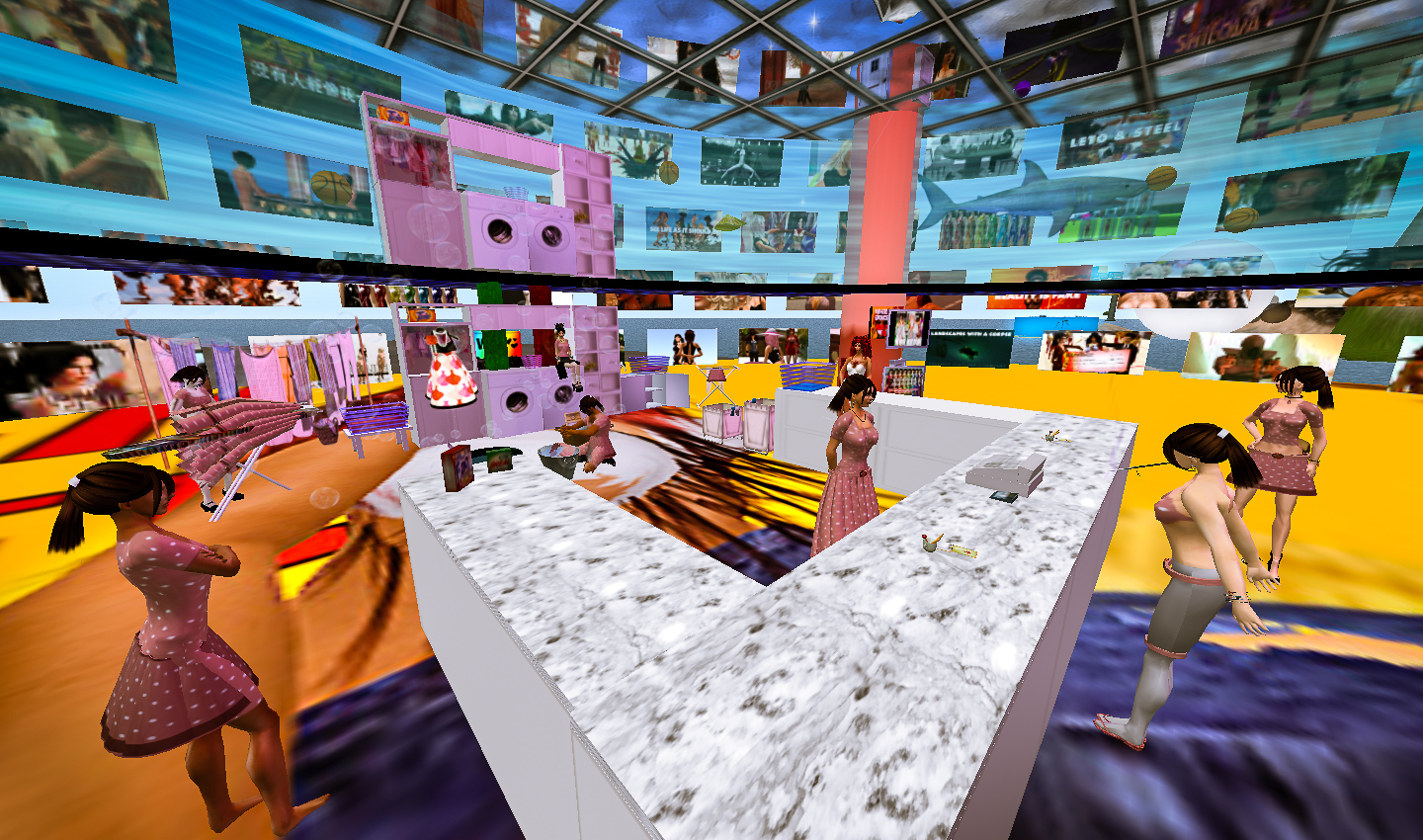
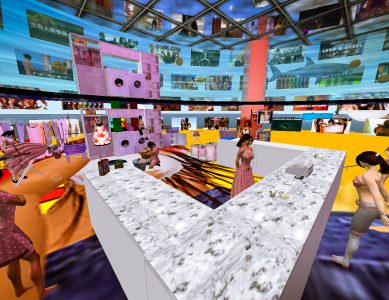
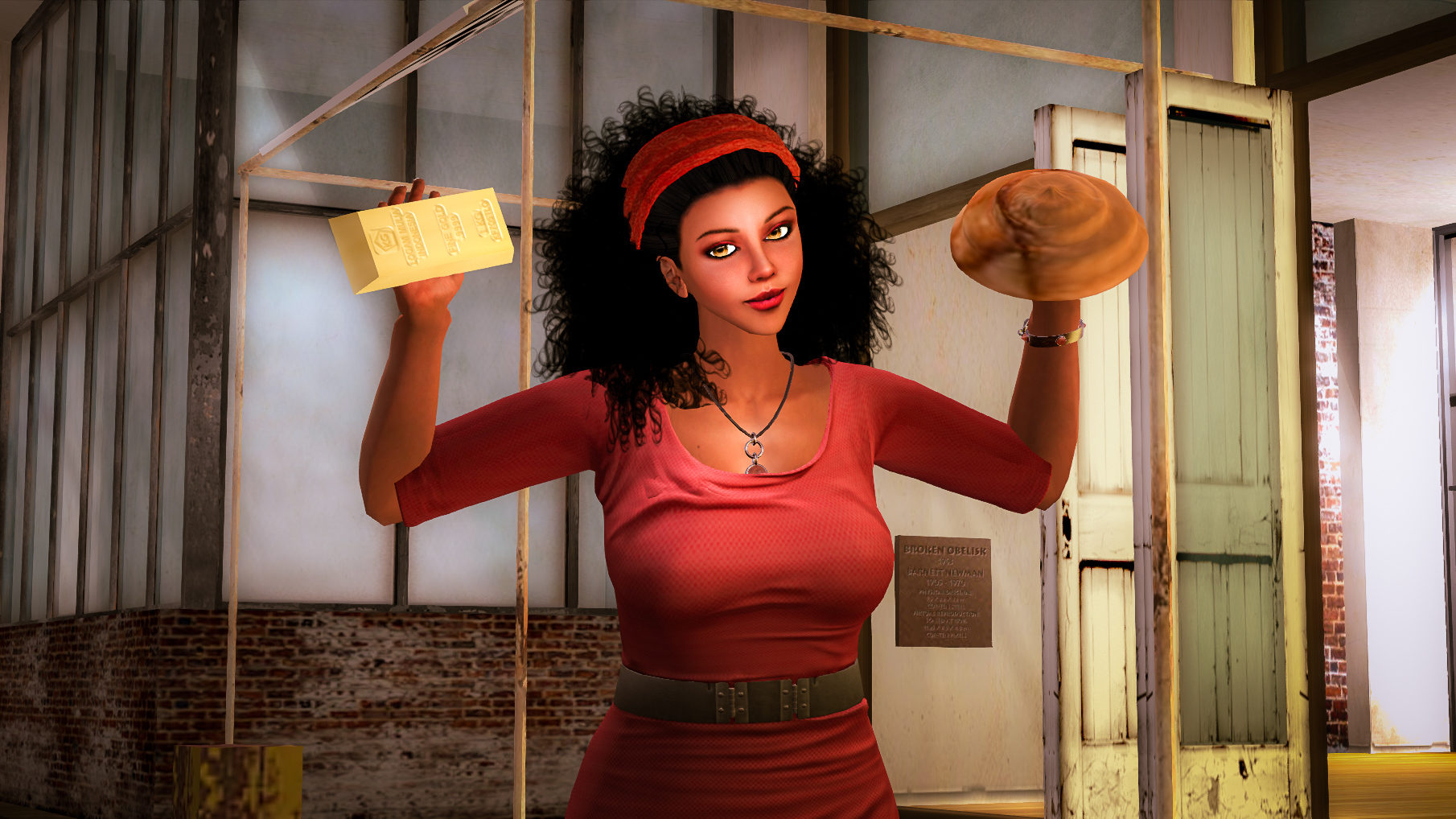
Thank you for the wonderful perspective! Yes, art in SL is extremely diverse and all should be appreciated and considered. I have met amazing people in the art community. Sometimes art isn’t so obvious, it’s subtle… then there is art that is in your face just amazing. But it’s also the people behind the art, who are as unique as the exhibits that they make. And everyday is an art form in my opinion. Everyday we have the opportunity to influence and invoke emotions. Make it the best that you can.
Art comes and goes, as do the places in SL. The ability to grow an evolve will be a big factor in SLEA. To sense what is needed for the artists and be able to accommodate that need. To remain, flexible, open and compassionate. It can be done. But will be entirely up to the administration of SLEA.
Great point, Riannah! I agree – I do think “it’s also the people behind the art”. As you can tell from the blog post, I’m not that interested in object production. For me, I think “the art” tends to reside in the body of the artist. It’s not so much what you do or what you make, but the mental “state of art” that one has in pursuing ideas across the breadth of their oeuvre.
https://www.goodreads.com/book/show/46205.Willful_Creatures
Aimee Bender’s short story collection Willful Creatures includes a short story The Case of the Salt & Pepper Shakers. There’s been a murder – if I recall, maybe a wife and husband are both dead – and it seems obvious what happened. Open and shut case.
But the inspector is puzzled by why they had 13 pairs of salt and pepper shakers. No one else cares, but he is obsessed with it. In the narrative he offers,
The character in Bender’s story is an inspector. But I think his truth applies equally for artists. To follow what you believe needs investigating. For me, ultimately, the facts, or the objects, are not as important as the art impulse that can only be sited in the body of the artist.
Artifacts persist. Art materials persist. Google and Wikipedia know everything. And yet, I believe that the most sublime art exists in the body of the artist. And no one may ever have quite the same artistic impulse again.
One thing I’d like to add… SLEA is under extreme scrutiny by a lot of people in the art community because of all of the things that happened with LEA. I would encourage people to remain open minded. Don’t prejudge. Give it a chance before you condemn.
Good point, Riannah! That’s only fair! 🙂
Good luck everyone!
I’m not sure how you’re defining art incubators, but another newish space is The Sim Quarterly (http://thesimquarterly.com). I think it’s significant because until SLEA was announced there were almost no spaces for large installations, and IMHO independent curated installation spaces remain important. It appears to be closed at the moment, hopefully in preparation for a new work. (In my heart of hearts, what I really want is for artists to script again! Scripting can be art!)
Thanks so much, Dividni!
No reply post this time? 😀
I don’t know how I’m defining art incubator either! 😛
I simply felt that Odyssey-LEA-UWA were functioning, yes, as cultural institutions, but in a somewhat different way from the myriad wonderful SL Art Galleries & Museums. So, borrowing from startup culture, I’ve called them “Incubators”. I don’t really know if Hannington or UASL are “incubators” exactly… but since they tried to carry on LEA’s torch after it went out, I’ve thought of them in that way.
I think I have heard of The Sim Quarterly – perhaps you told me about it!? In any case, I haven’t yet explored it. But now I will – or at least their blog, if their region is currently dark. And I’ll add them to my whopping list of 2 above! 😀
Oopsy… I forgot to comment on your “Scripting” comment!
Yes!
Obviously!
For me personally, it’s less about specific media and more about choosing the media that best expresses the concept you’re interested in exploring (“Intermedia”) be that 3D Impossible IRL… or crayons and paper… Avatar Bodies… or Fleshvatar Bodies… or, to be sure, scripting!
Scripting can be applied in so many ways! It’s a gigantic project. It’s staggering to think about all the things in SL, from simple to complex, that are scripted.
I’m sure you’re familiar with The Algorists:
I’m also fascinated by… let’s call it “Digital Synaesthesia”. With traditional synaesthesia only a small percentage of the population can have these remarkable experiences. In the digital realm, they are accessible to a vastly wider audience. And I’d say Digital Synaesthesia is an example of scripting. A few that I’ve experienced are:
Scripting College?
My point with this blog post is that SLEA installations shouldn’t only be “here is the genius thing I will build”. That they can also be process, participation, and experience. So, in that spirit, why don’t you put in a proposal for “Scripting College”!?
It could be a place where you and others teach a bit of scripting, share examples of script-based art both in SL and beyond, and then encourage participants to create script-based art projects.
One “incubator” I didn’t mention since their mission feels a bit more like “technology” than “art”, but it certainly embraces plenty of both, is Builder’s Brewery. Talk about a legacy, think about how many avatars they’ve helped learn to create everything under the sun. While they do some exhibiting and showcasing, I’m not sure if they’ve ever had a big exhibition program the way the entities we’re discussing here have. I certainly can’t ask Builder’s Brewery to do more than they’ve already done! Still, with so much education taking place, it might be nice to have LEA-like exhibiting space for some of their “graduates”. Or perhaps that’s what S/LEA is/was! 🙂
In any case, seriously, Dividni, why don’t you put in a proposal for Scripting College, Algorithmic U, or whatever more inspired name you come up with??? 😀
Pingback: SLEA In the News: October – Second Life Endowment for the Arts